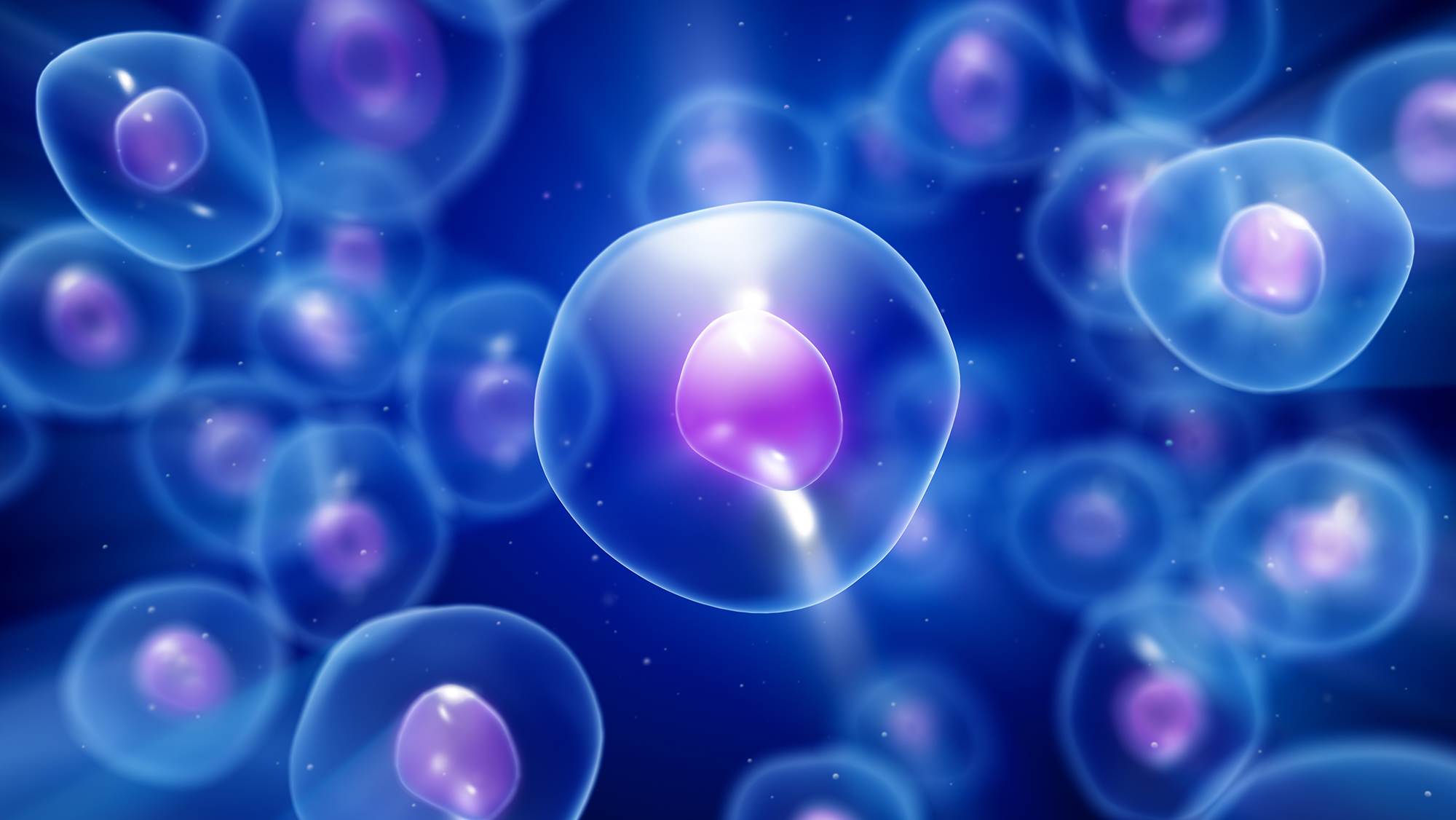
When a cell spreads out or changes its shape to adapt to its environment, the transport rate of proteins between the nucleus and cytoplasm changes. Previously, scientists assumed this change was caused by a shift in the size of the nuclear envelope's pores; however, recent research findings have discovered an alternate explanation.
Researchers at Sanford Research and Texas A&M University have discovered that cell modulation and cell spreading indirectly affect nucleocytoplasmic transport (NCT) rate by altering the availability of guanosine triphosphate (GTP), a molecule used to control the enzymes that regulate NCT.
“We are unlocking the so-far hidden secrets of cellular function,” said Dr. Tanmay Lele, co-author and Unocal Professor in the biomedical engineering and chemical engineering departments at Texas A&M.
For the first time, researchers documented that levels of GTP are changed by the shape of cells, which in turn alters the rate of protein transport and RNA between the nucleus and the cytoplasm.
“We have found that conditions promoting cell spreading slow down transport, while those promoting cell rounding accelerate the rate of transport,” Lele said.
We are unlocking the so-far hidden secrets of cellular function.
While altered NCT rate is normal for regulation, excessive disruption can interfere with cellular function and impact processes like gene expression and protein synthesis, although the full impact is still unknown.
“Our finding that the rates of NCT are regulated by naturally occurring fluctuations in the availability of GTP suggests that any conditions that alter cellular bioenergetics, like cancer, may also alter the rate of this transport and point to a role in disease pathology that could be targeted therapeutically,” Lele said.
According to Lele, this research builds on a discovery by Dr. Kyle Roux, scientist in the Enabling Technologies Group at Sanford Research, that altering cellular forces changed the rate of NCT, and by Lele’s interest in how cells sense and respond to mechanical inputs. The research was published in the Journal of Cell Biology.
The next steps for Lele include further exploring how cell shape influences cell processes.
“To what extent does this mechanism influence key cellular processes like proliferation or differentiation? To what extent do they become altered in cancer or other human diseases?” he asks. “The big quest now is to fully understand the biological implications of cell shape-regulated transport.”